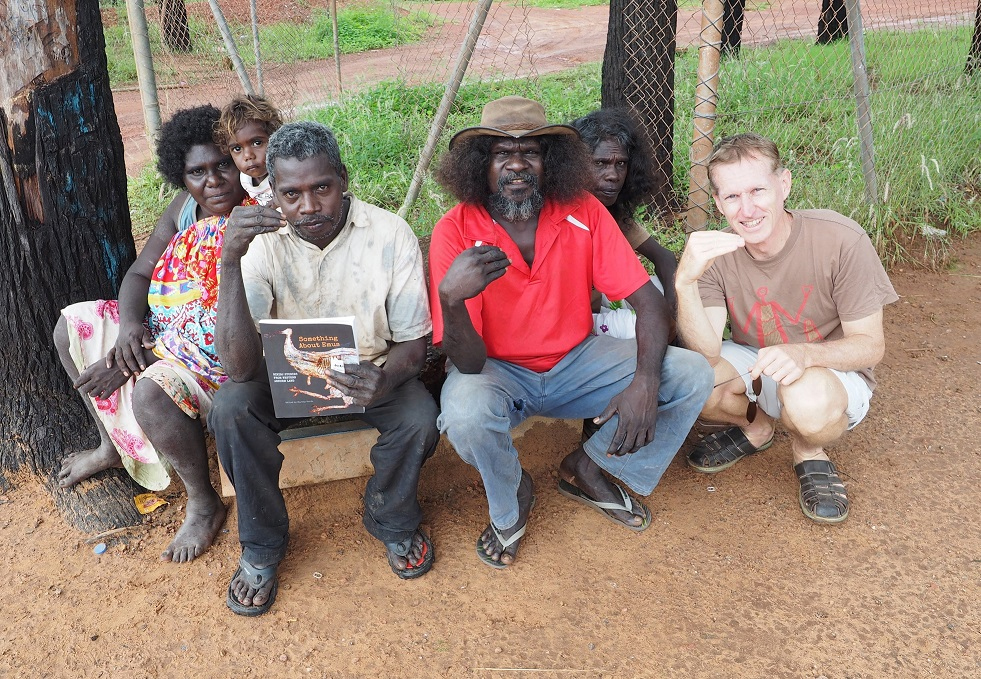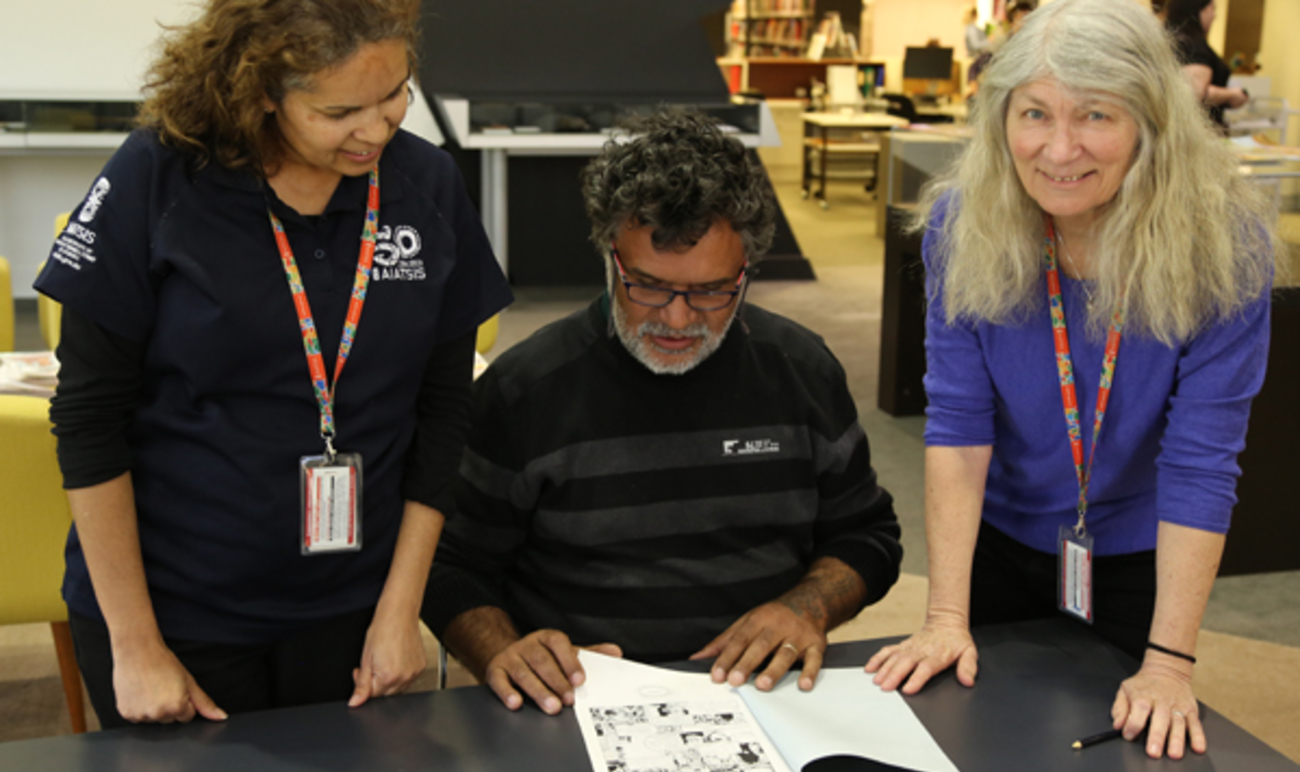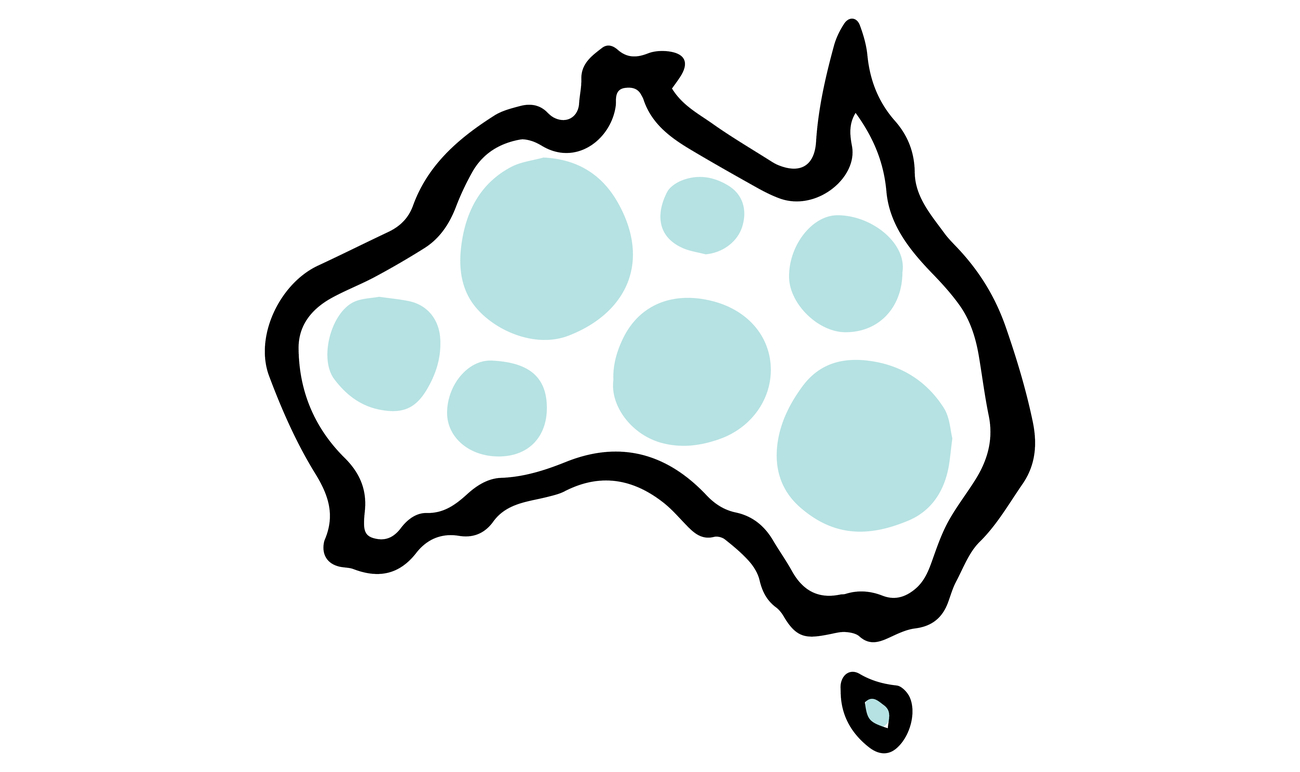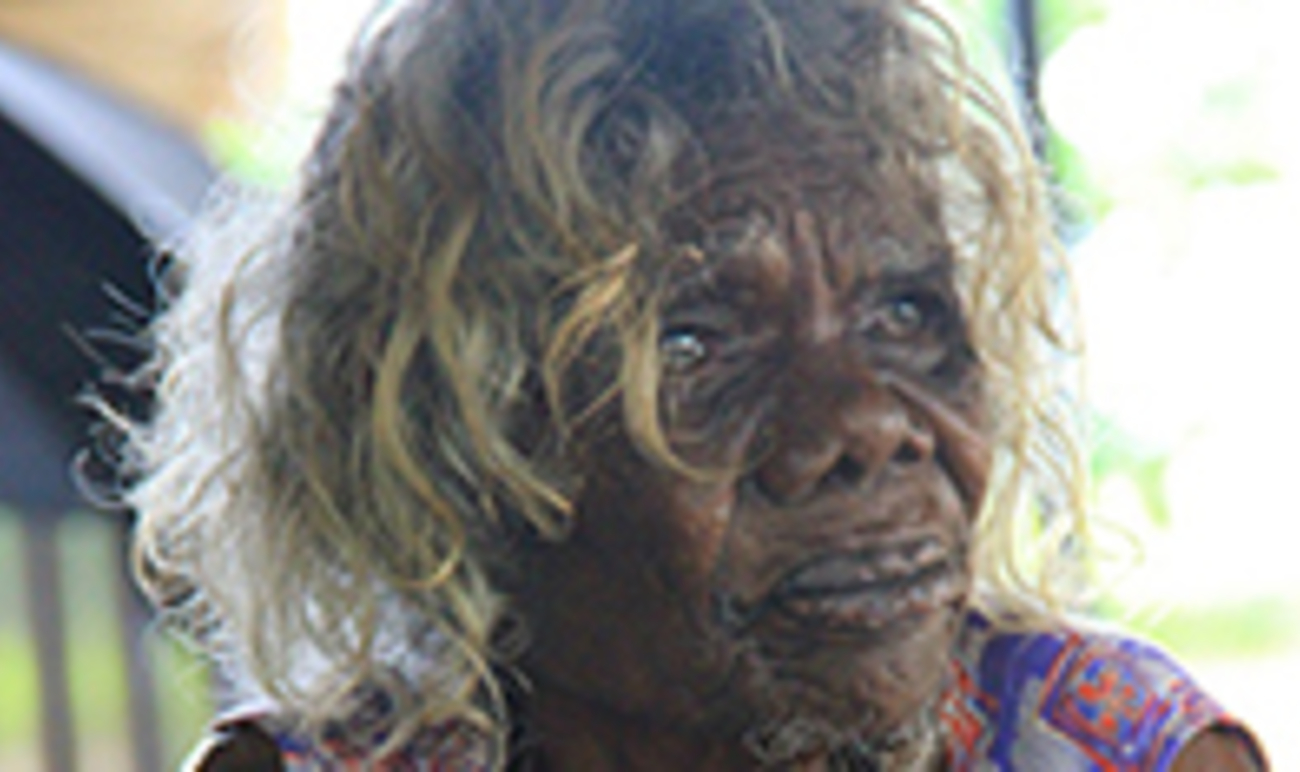In 2001 the Bininj (Aboriginal) ecologist Dean Yibarbuk was working on a project about the decline of emu populations in western Arnhem Land. This work was funded by a research grant from the Australian Institute of Aboriginal and Torres Strait Islander Studies (AIATSIS).
Having a multitude of commitments at the time, Dean invited some colleagues, of which I was one, at the Centre for Indigenous Natural and Cultural Resource Management at Charles Darwin University in Darwin to complete the project which he had kicked off. A few years later, the zoologist Wendy Telfer joined the project. We decided that we should consult senior Indigenous men and women in western Arnhem Land to record what they knew about emus, their behaviour and movements.
I had been living and working in western Arnhem Land since the late 1980s and had learned languages which linguists now collectively refer to as Bininj Kunwok, so the obvious thing to do was to record the stories in the first language of those people who had expert knowledge about ngurrurdu or kurdukadji ‘the emu’.

Isaiah Burrunali, Djawidda Nadjangorle, Murray Garde and Jimmy Kalarriya (seated) at the ancient emu stone arrangement at Kurdukadji Dedjbarlkarrhmeng ('Emu slipped on her rump dodging a spear') in Warddjak clan country, western Arnhem Land.
Isaiah Burrunali, Djawidda Nadjangorle, Murray Garde and Jimmy Kalarriya (seated) at the ancient emu stone arrangement at Kurdukadji Dedjbarlkarrhmeng ('Emu slipped on her rump dodging a spear') in Warddjak clan country, western Arnhem Land.
In 2005 Wendy and I travelled across western Arnhem Land in search of emu experts. We recorded some wonderful stories about this iconic flightless Australian bird. We started to realise that the biological information about these animals was intimately connected to cultural information and personal stories about interactions with emus. There is also a famous story told in western Arnhem Land about the origins of all birds and the emu as an old lady is the central character. Over the years, my linguist colleague Nick Evans and I had recorded several versions of this story from several people in a variety of languages. I started to think that the big picture from a Bininj perspective would make a great topic for a collected edited volume with all the senior Bininj experts and their non-Aboriginal collaborators as contributors.

Family members of some of the Bininj contributors pictured here with editor Murray Garde (far right) make the Kuninjku language sign for 'emu'. Djungkidj Ngindjalarrkku, the son of contributor Mick Kubarkku is front left, to his left is his wife Kodjadjan and their son Balang, and to his right is his uncle Andrew Burabura with his wife Carol.
Family members of some of the Bininj contributors pictured here with editor Murray Garde (far right) make the Kuninjku language sign for 'emu'. Djungkidj Ngindjalarrkku, the son of contributor Mick Kubarkku is front left, to his left is his wife Kodjadjan and their son Balang, and to his right is his uncle Andrew Burabura with his wife Carol.
The idea for a book about emus received a boost in 2013 when the Gundjeihmi Aboriginal Corporation based in Kakadu National Park asked me if I had materials I could contribute to a new curriculum for young Bininj school students which focused on local Bininj knowledge and worldview. We received an Australia Council ‘Languages Other Than English’ publication assistance grant and so the manuscript for Something About Emus began to take shape.
I felt strongly that the book should include the material we collected about emus in the language of the knowledgeable Bininj who provided the stories. The team at Aboriginal Studies Press were always very excited and supportive of this idea. A recent precedent (2016) for the bilingual format is another wonderful ASP publication written in Gurindji and English—Yijarni: True Stories From Gurindji Country. Books written in Australian Aboriginal languages are not very common for many reasons, but we really need to change this.
Part of my job as a community linguist is to help keep Bininj Kunwok alive and well but also work together with the Bininj Kunwok speech community to educate others about how Bininj knowledge, stories and history can be written and read in the Bininj Kunwok language. So much valuable knowledge about Australia from an Aboriginal perspective is encoded in the languages of this land and only accessible to those who know those languages.
Vernacular literacy and the production of bilingual resources can make a contribution to improving access to Aboriginal knowledge which speech communities are happy to share with others.


